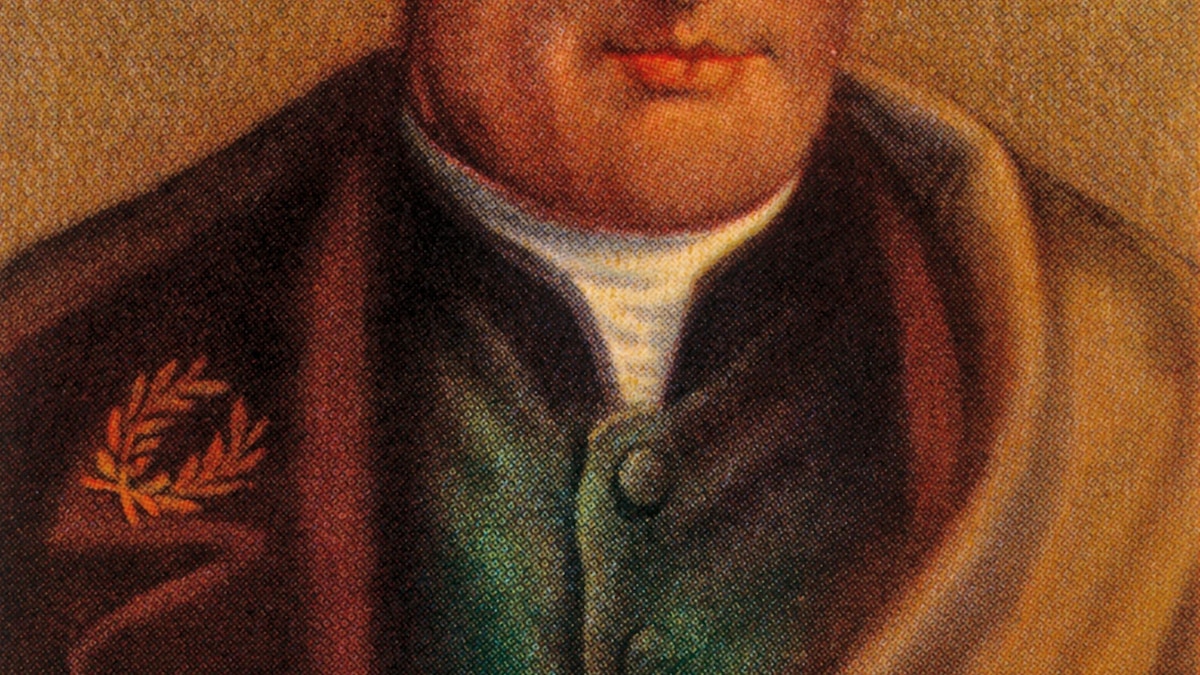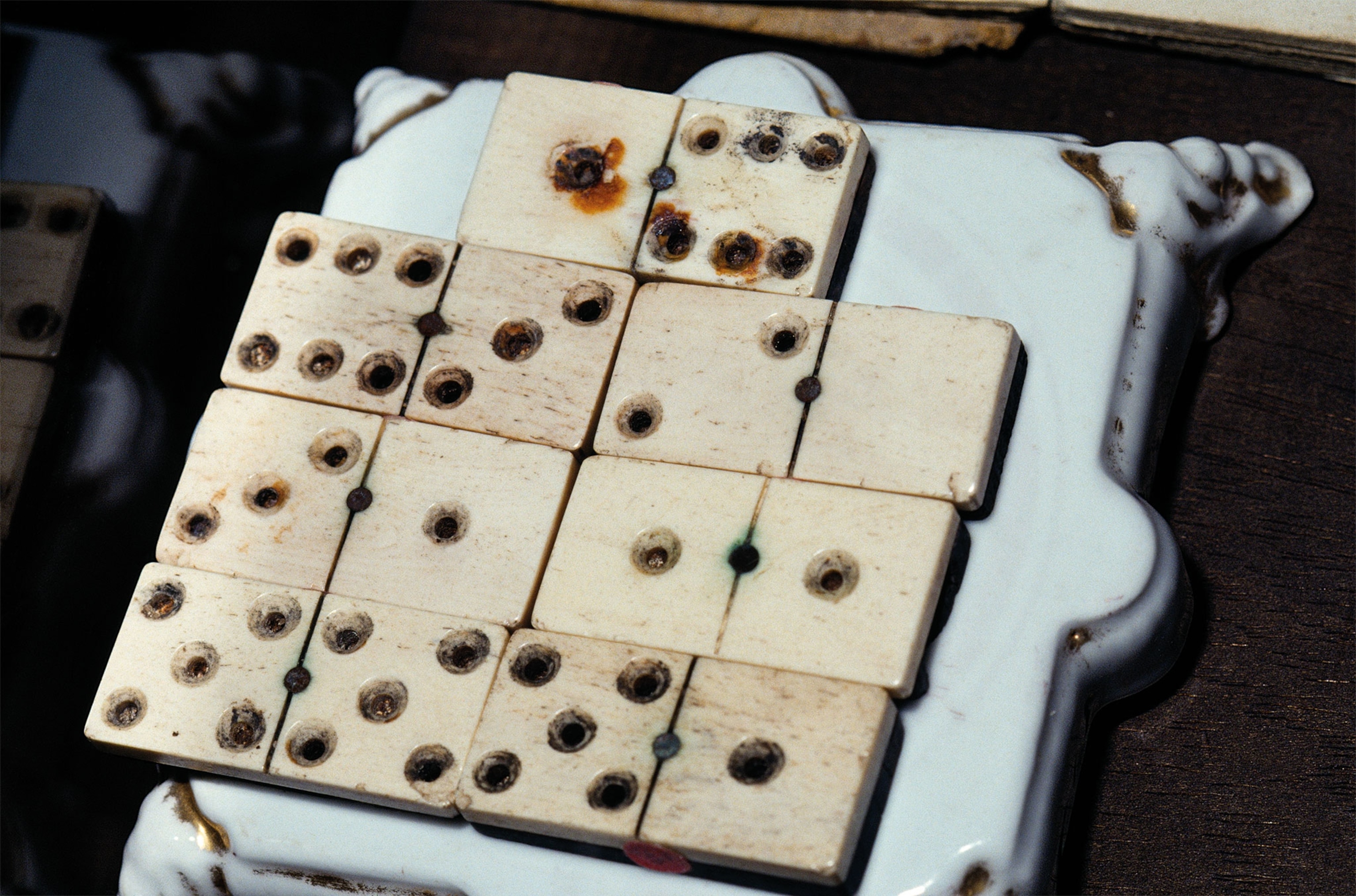Now Reading: Louis Braille: The Innovator Who Redefined Writing for the Blind Against All Odds
1
-
01
Louis Braille: The Innovator Who Redefined Writing for the Blind Against All Odds
Louis Braille: The Innovator Who Redefined Writing for the Blind Against All Odds

Quick Summary
- Louis Braille, born in 1809 in Coupvray, France, lost his sight at age five due to an eye injury and subsequent infection.
- Despite societal prejudice against the blind, Braille’s parents prioritized his education. He attended local school and later enrolled at the Royal Institute for Blind Youth (INJA), becoming it’s youngest student at age 10.
- Inspired by a “night writing” military code introduced by Capt. Charles Barbier in 1821, Braille invented a tactile writing system by age 15 using raised dots organized into two columns of three rows.
- Although initially resisted by authorities and institutions catering to visually impaired individuals, braille gradually gained acceptance after demonstrations in Paris in 1844 and global advocacy efforts starting from a congress held in Paris in 1878.
- Braille passed away from tuberculosis at age 43. Posthumously celebrated as a pioneer for blind accessibility worldwide, his body is interred at Paris’s Panthéon alongside other national icons.
- By the mid-20th century, UNESCO implemented initiatives standardizing braille worldwide. This included widespread adaptations across regions such as India and Africa.
- Despite its foundational role for literacy among the visually impaired community globally-aiding cognitive functions-braille literacy faces threats today due to digital tools replacing tactile learning methods.
Images featured:
- Adapted dominoes set owned by Louis Braille

- Institute orchestra illustration showcasing music education

- Early chocolate card showing Braille with an organ
-Additional Core?>
Read More Insight
Stay Informed With the Latest & Most Important News
Previous Post
Next Post
Loading Next Post...



























